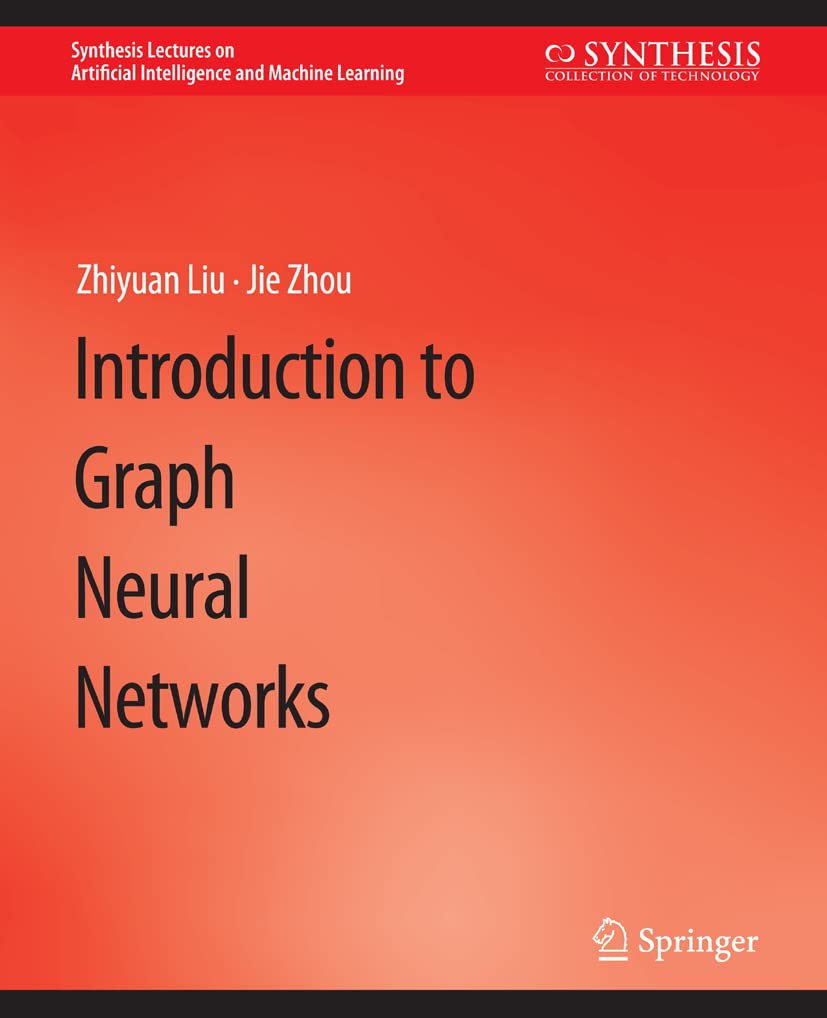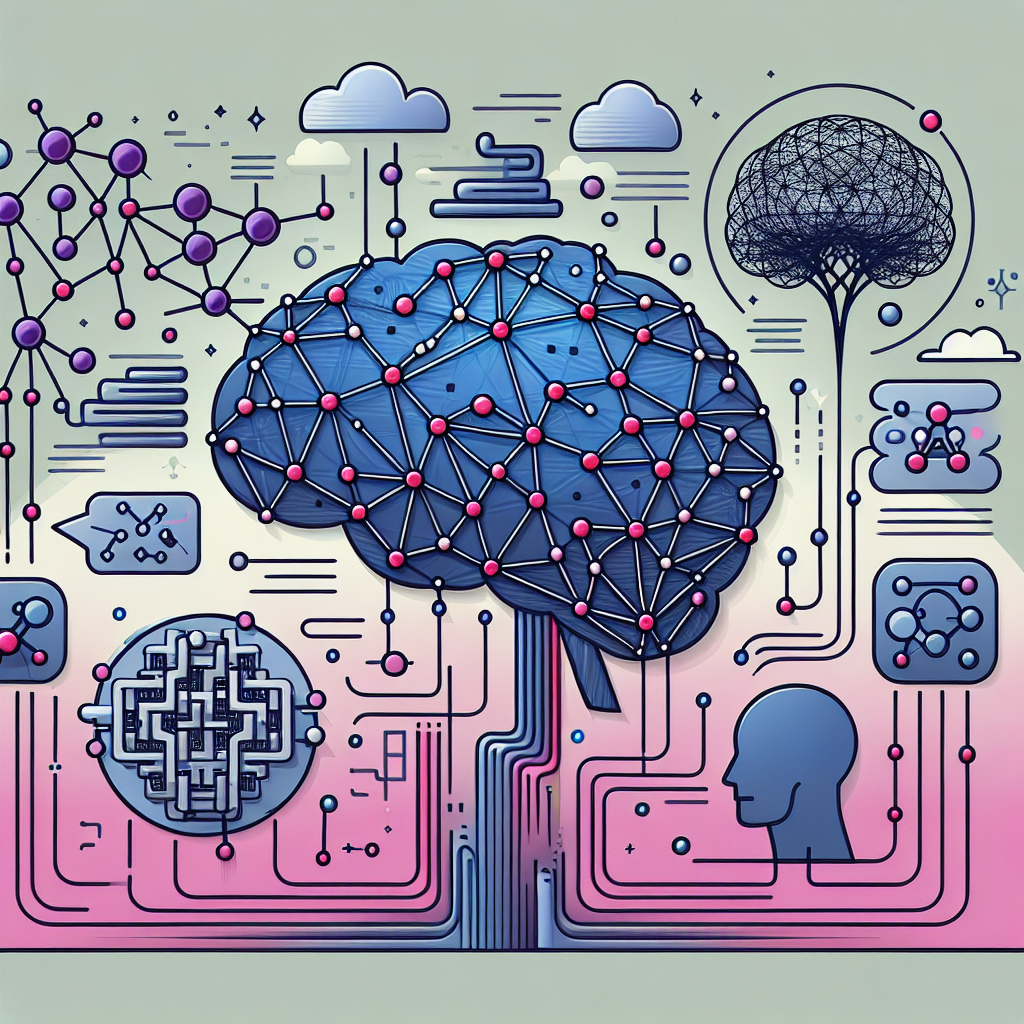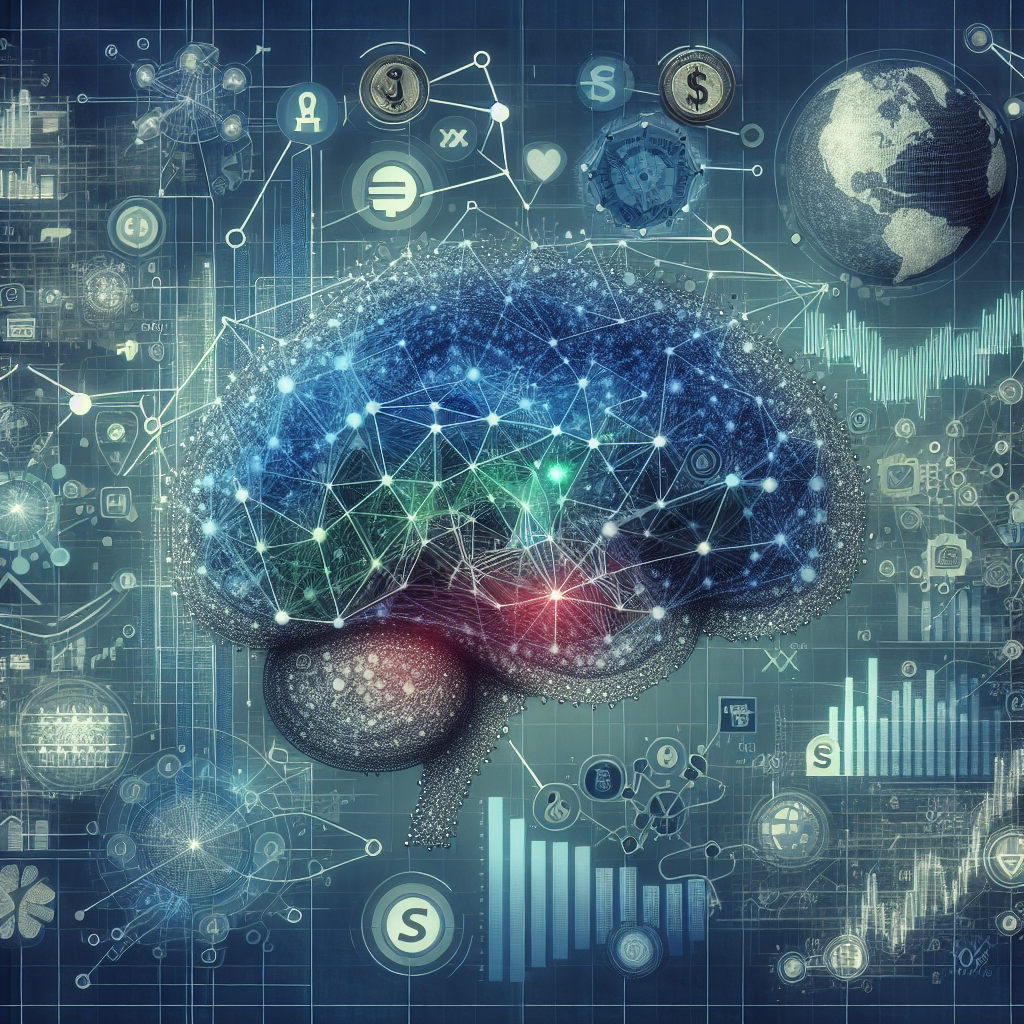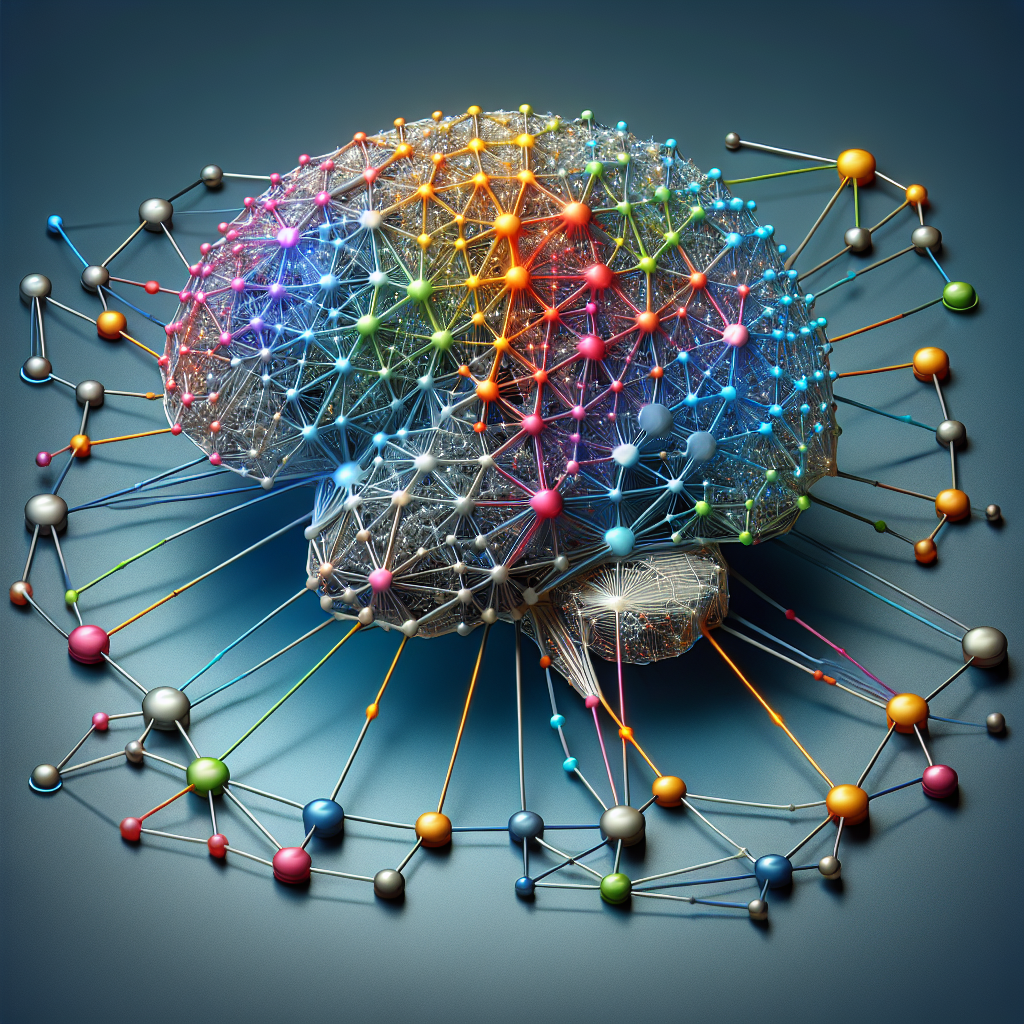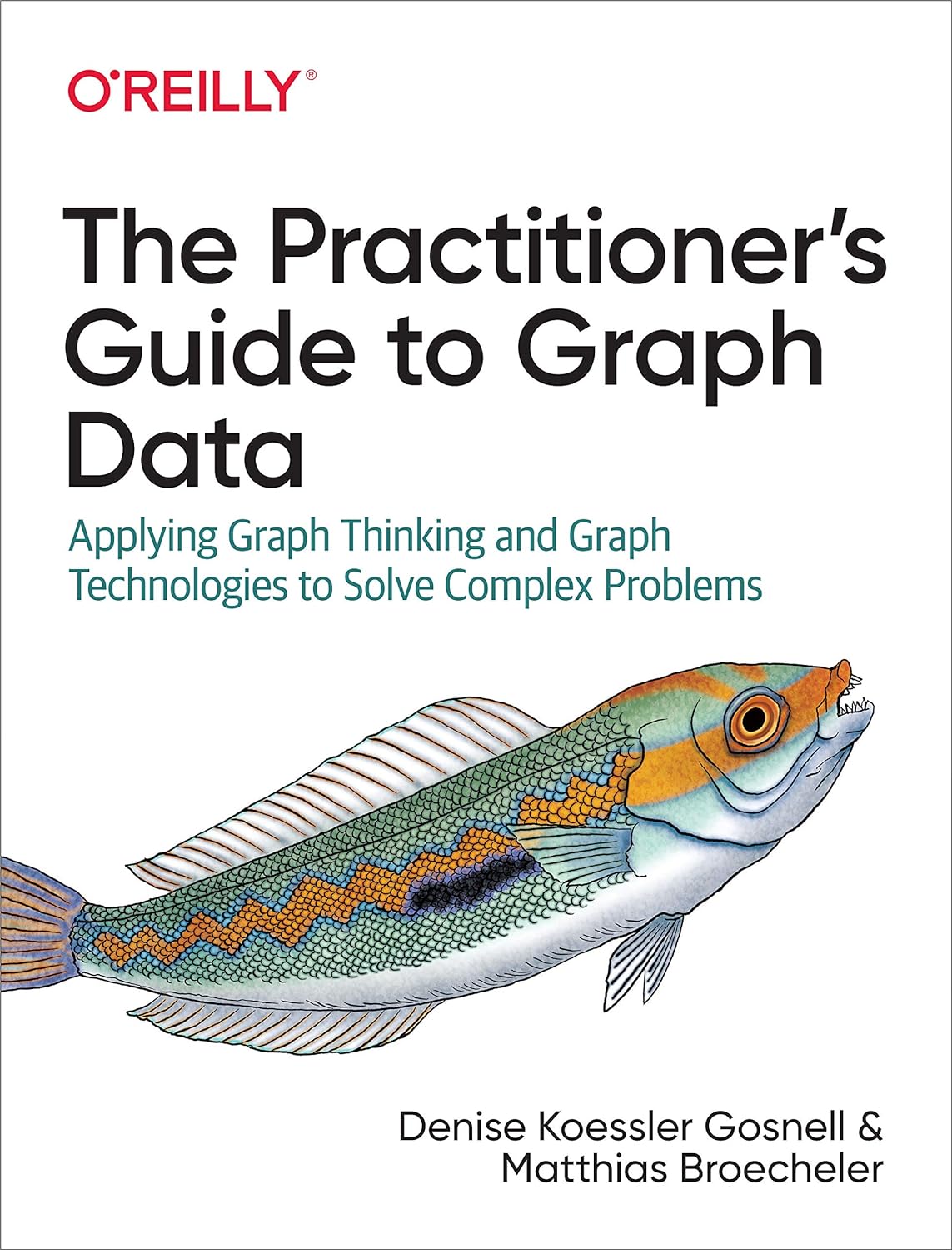Fix today. Protect forever.
Secure your devices with the #1 malware removal and protection software
Graph Neural Networks (GNNs) have emerged as a powerful tool in the field of machine learning, showing great promise in various applications such as social networks, recommendation systems, and drug discovery. However, their potential in financial markets is only just beginning to be realized.
GNNs are particularly well-suited for analyzing complex financial data due to their ability to capture and model relationships between different entities, such as stocks, companies, or market indicators. By representing financial data as a graph where nodes are entities and edges are relationships between them, GNNs can effectively learn patterns and make predictions based on this relational structure.
One of the main advantages of GNNs in financial markets is their ability to handle noisy and incomplete data. Traditional machine learning models often struggle with the high levels of noise and uncertainty present in financial data, leading to inaccurate predictions and suboptimal performance. GNNs, on the other hand, can effectively filter out noise and learn from the relationships between data points, leading to more robust and accurate predictions.
In addition, GNNs can also help uncover hidden patterns and trends in financial data that may not be apparent with traditional statistical methods. By analyzing the complex interactions between different entities in a financial market, GNNs can identify emerging trends, correlations, and anomalies that can provide valuable insights for investors and traders.
Furthermore, GNNs can also be used for portfolio optimization, risk management, and fraud detection in financial markets. By leveraging the relational structure of financial data, GNNs can help investors build more diversified and stable portfolios, identify and mitigate potential risks, and detect fraudulent activities more effectively.
Despite their potential, there are still challenges to be overcome in unleashing the full power of GNNs in financial markets. One of the main challenges is the interpretability of GNN models, as their complex neural network architecture can make it difficult to understand how they arrive at their predictions. Researchers and practitioners are working on developing methods to improve the interpretability of GNNs, such as attention mechanisms and visualization techniques.
Overall, GNNs have the potential to revolutionize the way financial markets are analyzed and traded. By leveraging the power of relational learning, GNNs can help investors and traders make more informed decisions, optimize their portfolios, and mitigate risks more effectively. As research in this field continues to progress, we can expect to see even more innovative applications of GNNs in financial markets in the future.
Fix today. Protect forever.
Secure your devices with the #1 malware removal and protection software
#Unleashing #Potential #Graph #Neural #Networks #Financial #Markets,gnn

